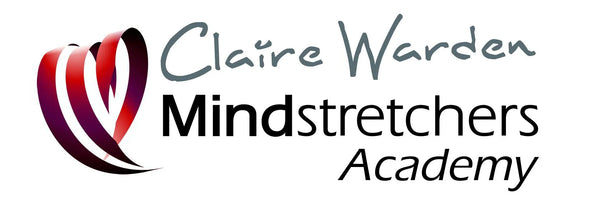Floorbooks® as a Leadership Tool for Quality Improvement
Dr Claire WardenQuality improvement in education can often feel like a juggling act between meeting all of the external requirements whilst maintaining an authentic practice.
Most settings manage quality improvement through traditional methods: action plans, training logs, policy updates, but more often than not these only serve to satisfy inspection criteria.
While these approaches can fulfil administrative purposes, they rarely capture the genuine professional learning that leads to effective and sustainable change.
Quality Improvement Floorbooks® offer a different approach that has the ability to transform the improvement process from simply being about compliance into collaborative inquiry that strengthens practice from within.
What Makes Quality Improvement Floorbooks® Different
Quality Improvement Floorbooks® work not by collating reports and minute meetings but rather by documenting the thinking process that goes into making improvements, not just the outcomes of it.
They leave a record of how organisations actually learn and change.
Quality improvement using traditional methods might look like this: "Issue identified: low engagement. Action plan: improve resources. Timeline: two months."
Quality improvement using Floorbooks® might look more like this: "We noticed only three children choosing outdoor play regularly. What might be happening here? We’ll observe patterns before assuming solutions..."
Following on from Dr Claire Warden's research, Floorbooks® become a collaborative research record that captures both the investigation process and the discoveries along the way.
Common Characteristics with Floorbooks®
Like all effective Quality Improvement Floorbooks® share characteristics that distinguish them from traditional documentation:
They capture authentic professional wondering.
Rather than listing predetermined improvement areas, they document genuine questions emerging from daily practice from the whole team. Real curiosity drives more meaningful investigation than imposed requirements.
They record thinking processes.
Instead of listing actions to be taken, Floorbooks® explore why certain approaches might work, document reasoning behind decisions, and track how understanding evolves.
They include multiple perspectives.
Contributions from various team members create collective intelligence that strengthens solutions and builds ownership of the improvement process.
They connect to children's experiences.
Professional learning stays grounded in specific observations of how children respond and what supports their development.
They evolve organically.
Unlike reports with defined endpoints, these documents have some self evaluation flexibility as understanding deepens, with initial ideas being tested, revised, or replaced as new evidence emerges.
Practical Applications
This approach works consistently well across many improvement areas:
Staff Professional Development
Document learning journeys around specific challenges rather than generic training logs, creating personalized growth records that capture actual skill development.
Curriculum Implementation
Capture how new approaches work in practice, what adaptations prove necessary, and how children respond over time, rather than simple coverage checklists.
Family Engagement
Document relationship development and track partnership approaches rather than just event attendance records.
Environmental Enhancement
Explore space modifications experimentally, documenting how changes affect children's choices and interactions in practical ways.
Policy Integration
Capture implementation challenges, unexpected effects, and necessary refinements for both internal and external policy changes.
Leadership Through Facilitated Inquiry
Quality Improvement Floorbooks® provide leaders with transparency of how their organisation actually learns and adapts. They reveal patterns in problem-solving, learning types, and where support is needed most.
Leaders discover that their strongest practitioners aren't necessarily those who implement solutions quickly, but those who ask thoughtful questions and document thinking carefully.
This transforms leadership from directing to facilitating growth. Their role becomes about creating conditions where professional inquiry can flourish.
Evidence That Tells Development Stories
When teams use Quality Improvement Floorbooks®, their documentation demonstrates continuous improvement in action rather than simply proving activities occurred.
Inspectors see evidence of how teams worked to meet standards. They see the questions that were asked, the experiments made, and thinking behind decisions.
This satisfies compliance requirements while representing genuine professional development that strengthens practice over time.
Getting Started: A Three-Step Approach
1. Start with questions your team is actually curious about linked to a wider predetermined improvement requirements.
2. Document the inquiry alongside the outcomes. Focus on capturing why decisions are made and how understanding develops.
3. Use your findings to inform practice while building evidence that demonstrates authentic professional learning.
Quality Improvement Floorbooks® offer sustainable approaches to improvement that transform compliance documentation into collaborative inquiry, creating authentic professional learning that strengthens practice while meeting accountability requirements.
Ready to transform your leadership approach from compliance-driven to inquiry-based? Join our waiting list for Floorbooks® for Leadership — Collaborative Strategies for Educational Excellence (releasing March 2026). Join waitlist here
